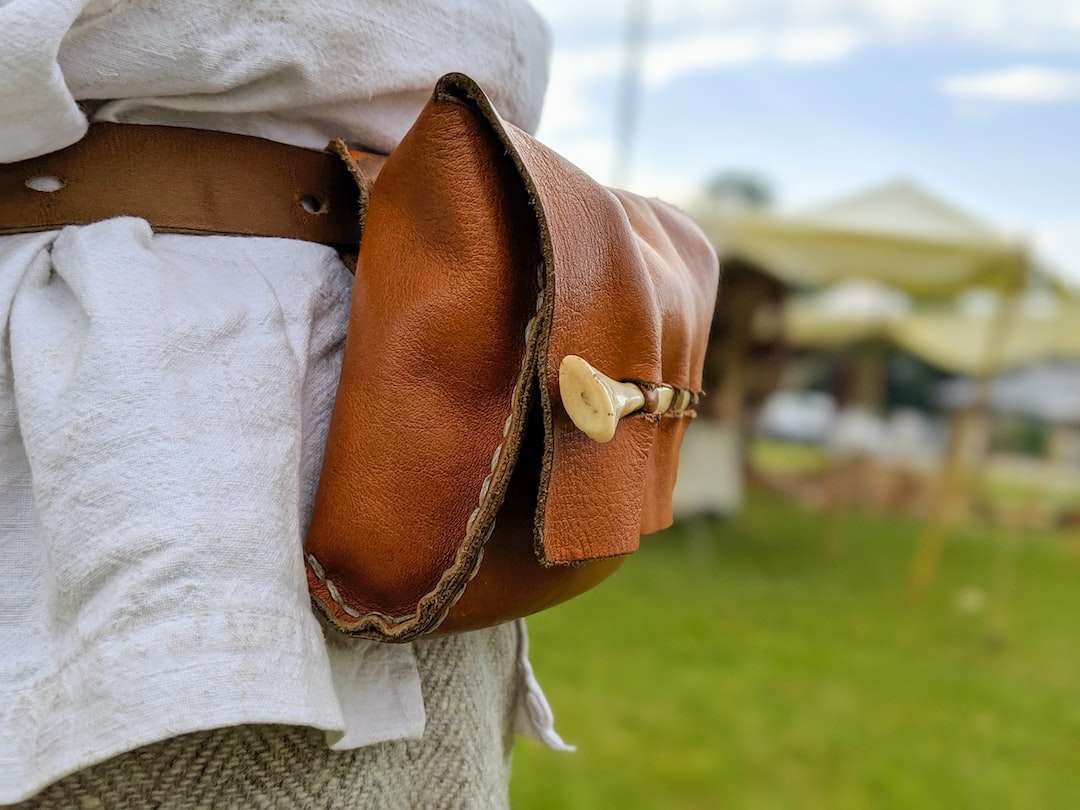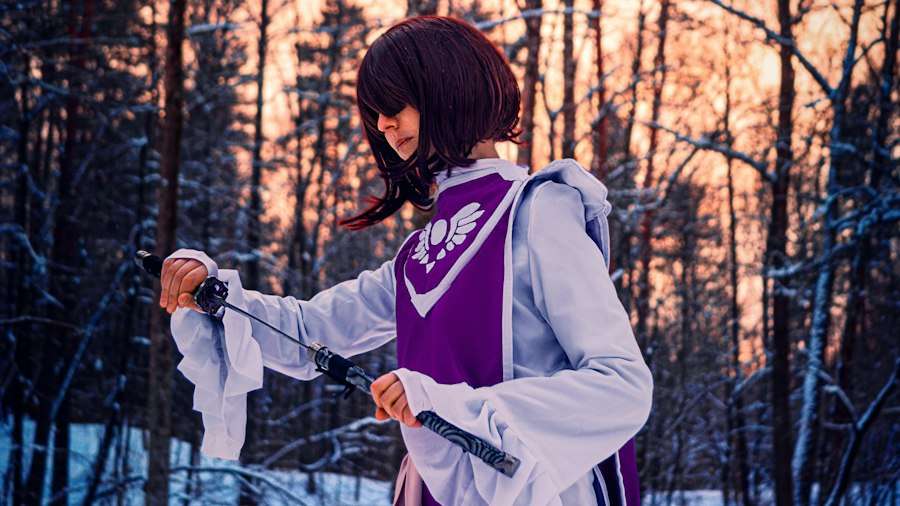Unveiling the Symbolism of The Warrior: A Journey of Strength and Courage

Archetypes are universal symbols or patterns that exist in the collective unconscious of all human beings. They are deeply ingrained in our psyche and play a significant role in shaping our beliefs, behaviors, and perceptions of the world. Archetypal symbols, in particular, hold immense power as they tap into our subconscious and evoke strong emotions and associations.
These symbols have been present throughout human history, appearing in myths, legends, and religious texts across different cultures. They serve as a means of communication and understanding, transcending language barriers and cultural differences. By understanding the significance of archetypal symbols, we can gain insight into ourselves and the world around us.
Key Takeaways
- Archetypal symbols have a powerful impact on our psyche and can help us tap into our inner strength and courage.
- The warrior archetype represents strength and courage, and is often associated with the sword, shield, helmet, armor, horse, phoenix, and dragon.
- The sword is a symbol of power and protection, while the shield represents defense and resilience.
- The helmet is a symbol of wisdom and protection, and the armor represents endurance and perseverance.
- The horse symbolizes freedom and nobility, the phoenix represents rebirth and renewal, and the dragon embodies strength and wisdom. By embracing these symbols, we can tap into our inner warrior and overcome challenges in our lives.
The Warrior Archetype: A Symbol of Strength and Courage
The warrior archetype is one of the most prominent and enduring archetypes found in various cultures and mythologies. It represents strength, courage, and the willingness to fight for what is right. The warrior archetype embodies qualities such as bravery, honor, discipline, and resilience.
Examples of the warrior archetype can be found in ancient Greek mythology with figures like Achilles and Hercules, as well as in Norse mythology with characters like Thor and Odin. In Eastern cultures, the samurai warriors of Japan embody the warrior archetype with their strict code of honor and unwavering loyalty.
The warrior archetype can inspire us to overcome challenges and achieve our goals. It teaches us to face adversity head-on, to be courageous in the face of fear, and to fight for what we believe in. By embracing the warrior archetype within ourselves, we can tap into our inner strength and find the determination to persevere.
The Sword: A Symbol of Power and Protection
The sword is a powerful symbol that has been used throughout history as a weapon of war and defense. It represents power, authority, and protection. The sword is often associated with cutting through obstacles and protecting oneself and others.
Historically, the sword was a symbol of status and authority. It was carried by knights and warriors as a sign of their power and skill in battle. In many cultures, the sword was also seen as a sacred object, imbued with spiritual significance.
Symbolically, the sword represents our inner strength and determination. It reminds us that we have the power to overcome obstacles and protect ourselves and those we care about. The sword can also represent the ability to cut through negativity and destructive patterns in our lives, allowing us to move forward with clarity and purpose.
The Shield: A Symbol of Defense and Resilience
| Metrics | Values |
|---|---|
| Number of shields produced | 10,000 |
| Shield weight | 5 lbs |
| Shield material | Steel |
| Shield dimensions | 24 inches in diameter |
| Shield thickness | 0.25 inches |
| Shield design | Embossed with eagle and stars |
| Shield purpose | Symbol of defense and resilience |
| Shield history | Used by ancient warriors and medieval knights |
The shield is an essential tool in ancient warfare, providing protection for soldiers on the battlefield. It is a symbol of defense, resilience, and the ability to withstand adversity.
In ancient times, shields were made from various materials such as wood, metal, or animal hide. They were designed to absorb or deflect blows from weapons, protecting the soldier behind it. The shield was not only a physical barrier but also a psychological one, instilling confidence and a sense of security in the soldier.
Symbolically, the shield represents our ability to withstand challenges and protect ourselves from harm. It reminds us to be resilient in the face of adversity and to stand strong in our beliefs and values. The shield also serves as a reminder that we have the power to create boundaries and protect our emotional well-being.
The Helmet: A Symbol of Wisdom and Protection
The helmet is a protective headgear worn by soldiers in battle. It serves as a symbol of wisdom, protection, and the ability to think clearly in challenging situations.
Historically, helmets were made from various materials such as metal or leather. They were designed to protect the head from blows and projectiles on the battlefield. The helmet not only provided physical protection but also served as a symbol of rank and authority.
Symbolically, the helmet represents our ability to think clearly and protect our thoughts from negativity. It reminds us to be mindful of our mental well-being and to guard against negative influences. The helmet also symbolizes wisdom and the ability to make informed decisions in the face of adversity.
The Armor: A Symbol of Endurance and Perseverance

Armor is a protective covering worn by soldiers in battle. It serves as a symbol of endurance, perseverance, and the ability to withstand hardships.
In ancient warfare, armor was made from various materials such as metal or leather. It covered the body from head to toe, providing protection against weapons and projectiles. Armor not only offered physical protection but also instilled a sense of confidence and invincibility in the soldier.
Symbolically, armor represents our ability to endure hardships and persevere towards our goals. It reminds us that we have the strength and resilience to overcome challenges and achieve success. The armor also serves as a reminder to protect ourselves emotionally and mentally as we navigate through life’s obstacles.
The Horse: A Symbol of Freedom and Nobility
The horse has been a symbol of freedom, power, and nobility throughout history. It has served as a mode of transportation, a companion in battle, and a symbol of status and prestige.
Historically, horses were essential in warfare, providing speed and mobility on the battlefield. They were also associated with nobility and wealth, as only the wealthy could afford to own and maintain horses.
Symbolically, the horse represents our ability to break free from limitations and pursue our dreams. It reminds us to embrace our independence and strive for personal growth. The horse also symbolizes grace, beauty, and strength, inspiring us to embody these qualities in our own lives.
The Phoenix: A Symbol of Rebirth and Renewal
The phoenix is a mythological creature that has been revered for centuries as a symbol of rebirth and renewal. It represents the cyclical nature of life and the ability to rise from the ashes.
In mythology, the phoenix is said to burst into flames and be reborn from its own ashes. It symbolizes transformation, letting go of the past, and embracing new beginnings.
Symbolically, the phoenix represents our ability to let go of what no longer serves us and embrace change. It reminds us that endings are not permanent but rather opportunities for new beginnings. The phoenix also symbolizes resilience and the ability to rise above challenges and adversity.
The Dragon: A Symbol of Strength and Wisdom
The dragon is a powerful symbol found in various cultures around the world. It represents strength, wisdom, and the ability to overcome challenges.
In many cultures, dragons are seen as mythical creatures with immense power and wisdom. They are often associated with protection, good fortune, and the balance between opposing forces.
Symbolically, the dragon represents our ability to tap into our inner strength and wisdom to overcome challenges. It reminds us that we have the power within us to face any obstacle that comes our way. The dragon also symbolizes transformation and the ability to harness our inner fire to achieve our goals.
Embracing the Warrior Within through Archetypal Symbols
In conclusion, archetypal symbols hold immense power in shaping our beliefs and behaviors. They tap into our subconscious and evoke strong emotions and associations. By understanding the significance of archetypal symbols such as the warrior archetype, sword, shield, helmet, armor, horse, phoenix, and dragon, we can gain insight into ourselves and the world around us.
These symbols represent qualities such as strength, courage, protection, resilience, wisdom, endurance, freedom, rebirth, and wisdom. By embracing these archetypal symbols within ourselves, we can tap into our inner strength and wisdom to overcome challenges and achieve our goals.
Archetypal symbols serve as a reminder that we have the power within us to face any obstacle that comes our way. They inspire us to be courageous, resilient, and determined in the face of adversity. By embracing the warrior archetype within ourselves, we can become the best version of ourselves and achieve our full potential.
If you’re interested in exploring the symbolism of strength and endurance further, you might find our article on cryotherapy vs. ice bath intriguing. This article delves into the contrasting methods of using extreme cold to promote physical recovery and mental resilience. Discover the symbolism behind these practices and how they can help you tap into your inner warrior. Check it out here.
FAQs
What is Symbolism The Warrior?
Symbolism The Warrior is a concept that uses symbols to represent the qualities of a warrior, such as strength, courage, and resilience.
What are some common symbols used in Symbolism The Warrior?
Some common symbols used in Symbolism The Warrior include swords, shields, helmets, armor, and animals such as lions, eagles, and wolves.
What is the significance of using symbols in Symbolism The Warrior?
Symbols are used in Symbolism The Warrior to convey a deeper meaning and to represent the qualities of a warrior in a visual and memorable way.
What are some examples of how Symbolism The Warrior is used in art and literature?
Symbolism The Warrior is commonly used in art and literature to represent heroic characters and to convey themes of strength, courage, and resilience. Examples include the use of swords and shields in medieval art and literature, and the depiction of warriors in epic poems such as Beowulf and The Iliad.
How does Symbolism The Warrior relate to modern culture?
Symbolism The Warrior continues to be a popular concept in modern culture, with symbols such as the American flag, military uniforms, and superhero costumes representing the qualities of a warrior. It is also used in sports, with team logos and mascots often featuring animals or symbols associated with strength and courage.





